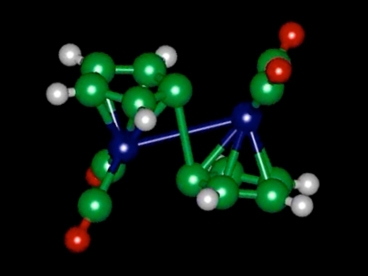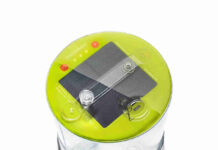 A new possibility to capturing and releasing solar energy is on the run by MIT researchers.
A new possibility to capturing and releasing solar energy is on the run by MIT researchers.
They are hopeful to do this with the help of thermo-chemical technology already used in seventies but aborted due to financial and technical reasons. Currently the light is transformed into electricity by photovoltaic cells. Thermo-chemical technology is a little bit different. It traps the solar energy and stores it in the form of heat in molecules of chemicals. This heat energy can be converted and utilized by humans whenever the need arises. What happens in a conventional solar system is that heat gets leached away over time but when, heat energy is stored using the thermo-chemical fuel it remains stable.
According to Jeffrey Grossman the associate Professor of Power Engineering in the Department of Materials Science and Engineering, this chemical-electrical process makes it possible to produce a “rechargeable heat battery” that can repeatedly store and release heat gathered from sunlight or other sources. In principle, Grossman said, when fuel made from fulvalene diruthenium is stored, heat is released, and it “can get as hot as 200 degrees C, plenty hot enough to heat your home or even to run an engine to produce electricity.”
One of the major drawbacks of this project is they were depending on a chemical, ruthenium. This is a rare element and the cost is effectively out of question. But the MIT team is still hopeful and they are saying that they have found out the exact working mechanism of ruthenium and soon they will find out another chemical element that will not be expensive but easily available in nature.
Jeffrey Grossman explains that fulvalene diruthenium shows the potential to replace ruthenium. Fulvalene diruthenium can absorb solar energy. After trapping solar energy it can achieve a higher-energy state where it can remain stable ad infinitum. If a stimulus can be given in the form of heat or a catalyst, it reverts to its unique shape, releasing heat in the process.
Professor Grossman also states, “It takes many of the advantages of solar-thermal energy, but stores the heat in the form of a fuel it’s reversible, and it’s stable over a long term. You can use it where you want, on demand. You could put the fuel in the sun, charge it up, then use the heat, and place the same fuel back in the sun to recharge.”
But the path to clean and green energy is not so easy. The MIT team has to tackle the challenges lying ahead. First they have to find out an easy way to synthesize the material in the laboratory that can absorb and trap heat inside it and secondly they have to search for a good catalyst that can release the trapped heat energy without much fuss. Let them a little time to do this job.



